The Mother of Modern Medicine: Henrietta Lacks and the Debate Over HeLa Cells
Impact on Modern Medicine
Vaccinations were also created through the use of HeLa cells to fight other diseases. Researchers infected HeLa cells with everything from mumps, measles, herpes, and AIDS in order to better study these diseases.
1951
First HeLa cells cultures
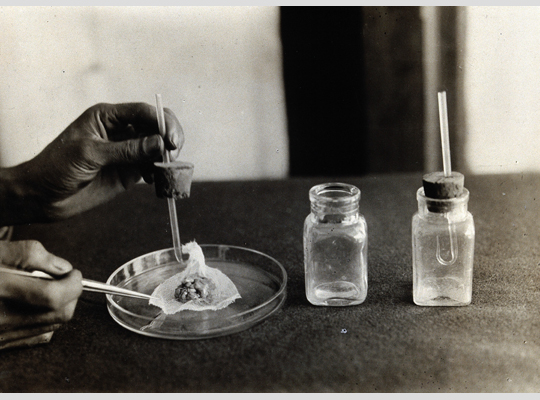
One Stage in the Preparation of the Rabies Vaccine: A Rabbit Brain on a Square of Muslin. Ca. 1910. Pasteur Institute.
1952
Used to develop polio vaccine
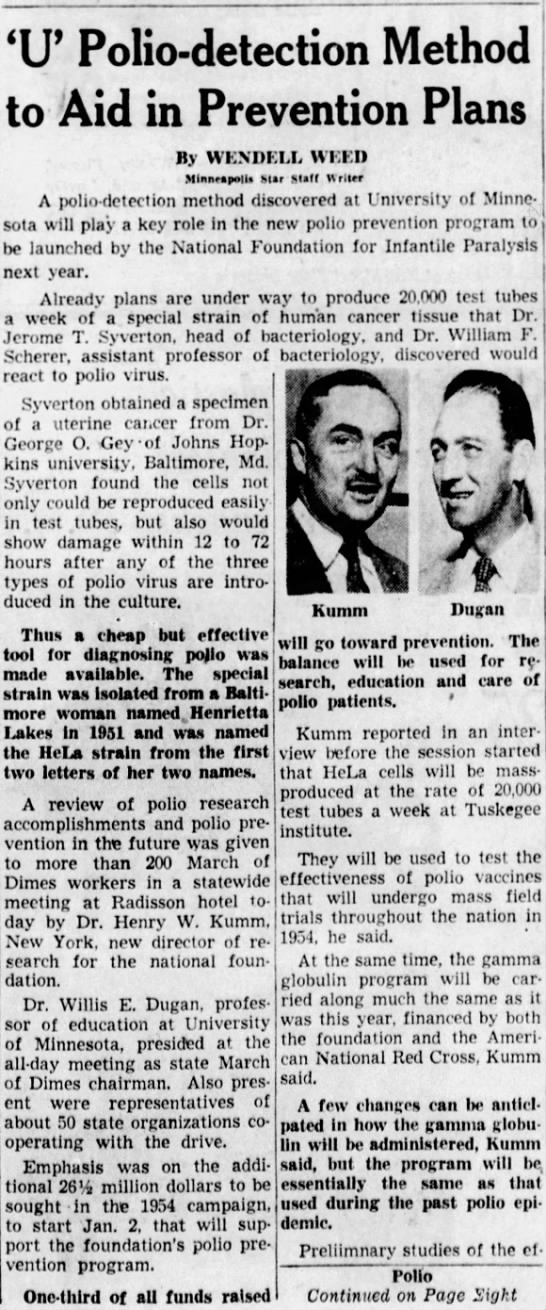
U-Polio Detection Methods to Aid in Prevention Plans. Ca. 1953. Minneapolis Star.
1954
First cells ever cloned
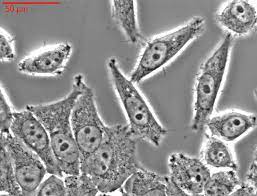
Henrietta Lacks Cells. Ca. 1951. Biomol.
1960
HeLa cells included in Soviet Union Satellite
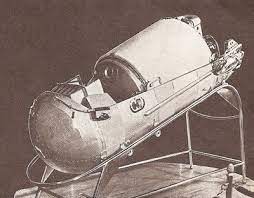
The Recovery Capsule for Korabl 2. Ca. 1970. David Darling.
1973
Used to study salmonella
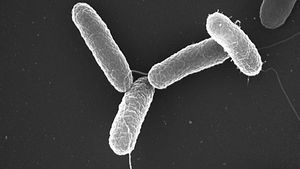
Salmonella Typhimurium. Ca. 2005. Britannica.
1984
Used to study HIV

French Researchers Report in Science the Isolation of a Retrovirus that Might be Involved With AIDS. Ca. 1983. Science Insider.
1993
Used to study tuberculosis

Tuberculosis New Advancement. Ca. 1990. Shine.
2005
Used in nanotechnology research
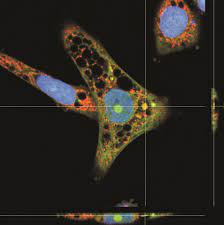
A HeLa Cell Displaying an Internalized Chip. Ca. 2010. Nanowerk Spotlight.
2020
Used to study COVID-19
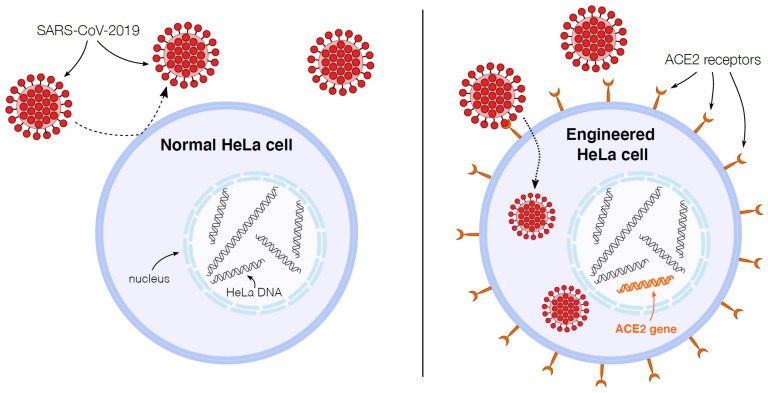
ACE2 Receptors Decorate the Surface of HeLa Cells to Promote Infection. Ca. 2020. Harvard University.
Even with all of these groundbreaking advancements in medicine using the HeLa cells, the Lacks family did not know Henrietta Lacks’ cells were being used for medical research until 1976. At this time, it was discovered that HeLa cells had started to contaminate other cell cultures. Billions of dollars and years of research were destroyed after discovering countless studies had been accidentally contaminated with HeLa cells. Due to this, researchers sought out the Lacks family to test their DNA and compare it to DNA in their research studies to discover which studies were contaminated. However, researchers failed to explain why they needed the Lacks family DNA. The Lacks family assumed they were being tested for the cancer Henrietta had, thus creating even more of an ethical debate over consent.